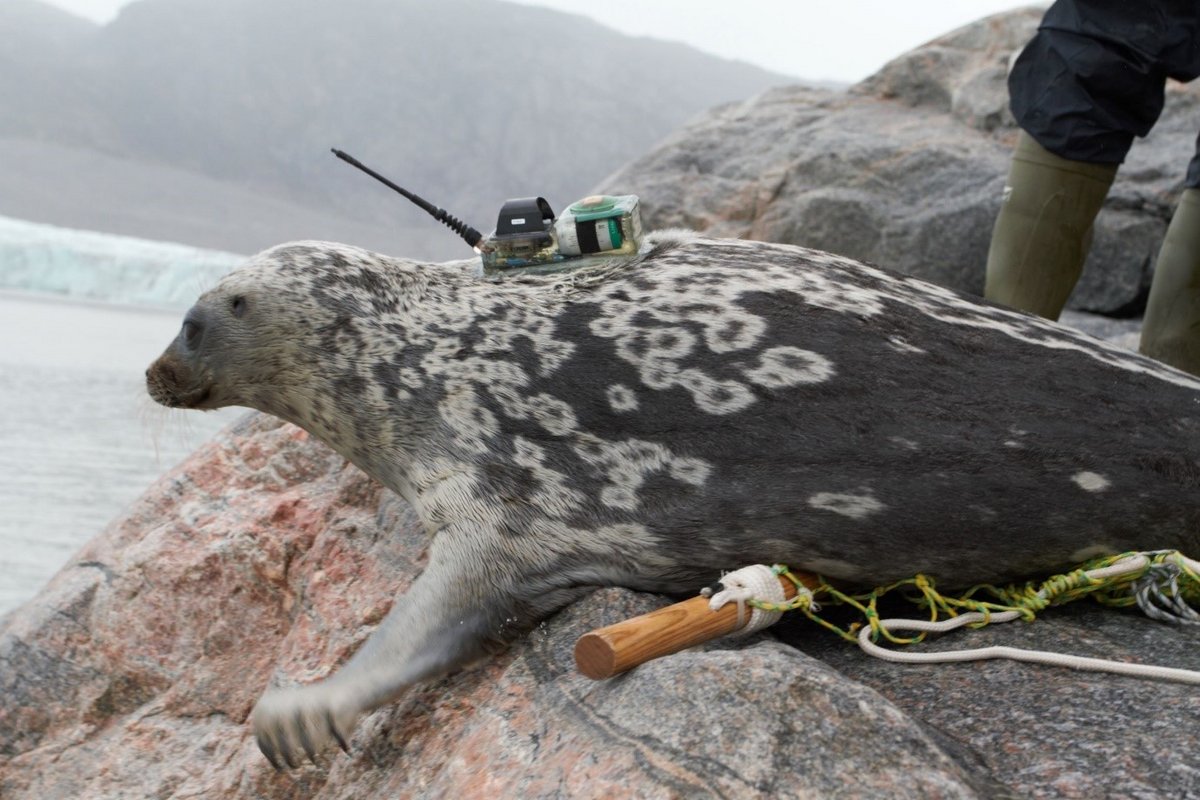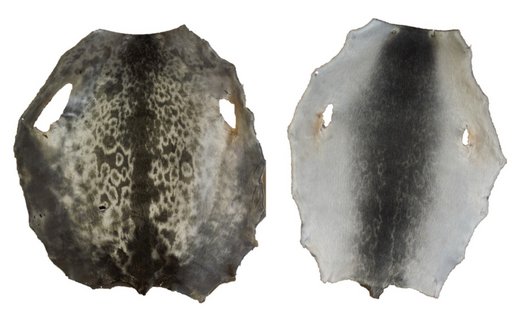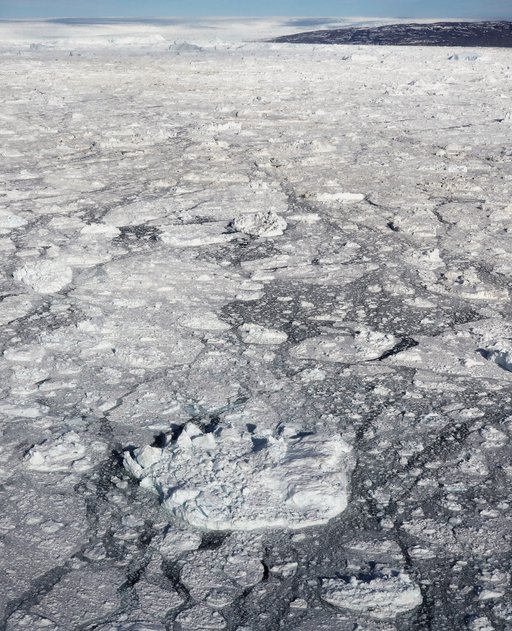The ringed seals in Ilulissat Icefjord, Greenland, are special
Local hunters in the Icefjord near Ilulissat have long known about a special ringed seal – the Kangia seal – which is significantly larger and has a markedly different fur colour and pattern than typical Arctic ringed seals. Now scientific studies have shown that the Kangia ringed seal has been isolated from other ringed seals for a long period of time – more than 100,000 years.

Exploring Arctic nature can be difficult. Harsh conditions and great distances are significant challenges when researchers want to coax secrets out of nature.
However, a research project, led by Greenlandic and Danish researchers, has now succeeded in describing a new type of ringed seal that lives in the Icefjord near Ilulissat in West Greenland; a unique natural area on the UNESCO World Heritage List.
The results have just been published in the renowned scientific journal Molecular Ecology.
A smal population

Over a number of years, the researchers together with local hunters captured seals in nets and mounted a small satellite transmitter on the seals’ backs. When the seals were up for air, the satellite transmitter sent a message about their location.
”We could see that the Kangia seals primarily stay inside the Icefjord. We were able to count the seals from a plane and therefore able to estimate that there are only approx. 3,000 of these special Kangia ringed seals,” says Aqqalu Rosing-Asvid, Senior Researcher at the Pinngortitaleriffik – Greenland Institute of Nature, and one of the researchers behind the study.
The small resident population is highly unusual compared to the typical Arctic ringed seal, which has an enormous population size and often travels thousands of kilometres around the Arctic in search of food.
Isolated for thousands of years

The researchers also took small tissue samples from the captured seals. The samples were sent for genetic analyses to uncover the seals’ DNA profile, and the results revealed that the Kangia ringed seals are genetically different from the typical Arctic ringed seal.
But where and how the Kangia ringed seal was isolated from the other Arctic ringed seals and why it acquired its new special biological characteristics is still a mystery.
Perhaps also special seals in other Arctic fjords

The study emphasises that there is still much we do not know about the diversity of organisms in the Arctic and thus their possibilities to adapt to climate change and human activities.
“There are many other fjords in the Arctic that have not yet been studied in detail, and where the ringed seals may also have locally developed new genetic variants,” points out Rune Dietz, Professor at the Department of Ecoscience at Aarhus University, who also participated in the study.
More information
Read the scientific article in the journal Molecular Ecology here: https://doi.org/10.1111/mec.17163
Aqqalu Rosing-Asvid, Senior Researcher, Ph.D, Pinngortitaleriffik – Greenland Institute of Nature. Phone: +299 36 1247, Email: aqqalu@natur.gl
Morten Tange Olsen, Associate Professor, Globe Institute at the University of Copenhagen and Department of Ecoscience at Aarhus University. Phone: +45 4266 1525, Email: morten.olsen@sund.ku.dk/ morten.olsen@ecos.au.dk
Rune Dietz, Professor, Department of Ecoscience, Aarhus University. Phone: +45 2125 4035, Email: rdi@ecos.au.dk
